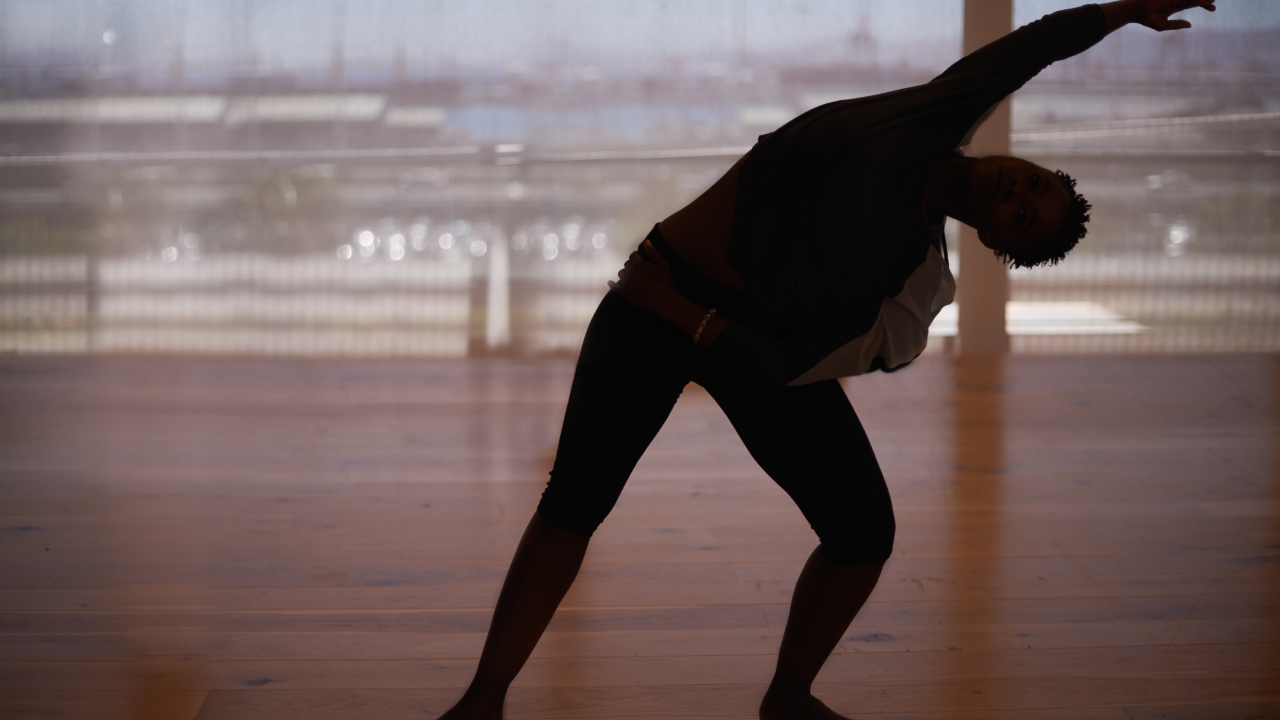Tips for kids with Special Needs to Wear a Mask

We are living in a time where mask-wearing is now a necessity for our survival. But mask-wearing can be a difficult task for kids and especially with kids with special needs and kids with sensitivity issues. Kids might feel itching or ticklish, resent to wear masks and have meltdowns. All these can make life difficult for parents and guardians. So, here are some tips to help kids adapt to wearing a mask.
1. Explain why wearing a mask is necessary.
- Use easy to understand language and positive phrasing.
- Use picture and video aids.
- Social story.
2. Show photos that mask-wearing is the norm.
- Ask family members and friends to take a photo with a mask on.
3. Take small steps to get used to wearing a mask.
- Holding the mask.
- Put the mask on your kid's face.
- Pull the elastic around the ears. If it is uneasy, stitch buttons on either side of the elastic using your kids favourite cap and use that instead of wearing it around the ears.
- Let the child wear for a...
Creating Rhythm ….. A Gift of Love for your Child

Rhythm is a word often used in music, but in this blog, it means ‘a smooth flow of daily activities of a child.’ A daily rhythm can be understood as a natural impulse like breathing. And this daily rhythm, if followed from early childhood, can impact a child’s healthy development.
A daily rhythm should not be misunderstood as a routine.
Routine is a set of the scheduled number of activities to be done throughout the day; whereas rhythm is more flexible and it defines a smooth flow of activities during the day.
Creating a balanced rhythm for young children during the day is a tool to make parenting easier. It helps young children to have an understanding of time, which is an abstract concept for them. Rhythm also creates a sense of predictability and security in them.
A balanced rhythm follows the concept of ‘breathing in’ and ‘breathing out’. As breathing in and out happens naturally, uninterrupted and in a smooth, balanced flow...
Significance of Play and Development

Play is a physical or mental activity that is performed for leisure, pleasure or delight. While the play has no obvious objective, it is an important tool for physical, social, learning and intellectual development. All these lead to changes that allow children and adults to achieve their maximum potential.

The play has many characteristics that are crucial for brain development and learning. It offers opportunities for children and adults to encounter new experiences and refine already existing skills. It also encourages creativity in children and adults.

There are many different types of play.
- Gross Motor Play: This type of play involves whole-body movements and large muscles of the body to perform everyday functions such as standing, walking, running, jumping, swimming, throwing, dancing and so on. Gross motor play helps in improving balance, increased strength, and better postural control.
- Fine Motor Play: Fine motor play involves the use of the smaller muscles of the...

